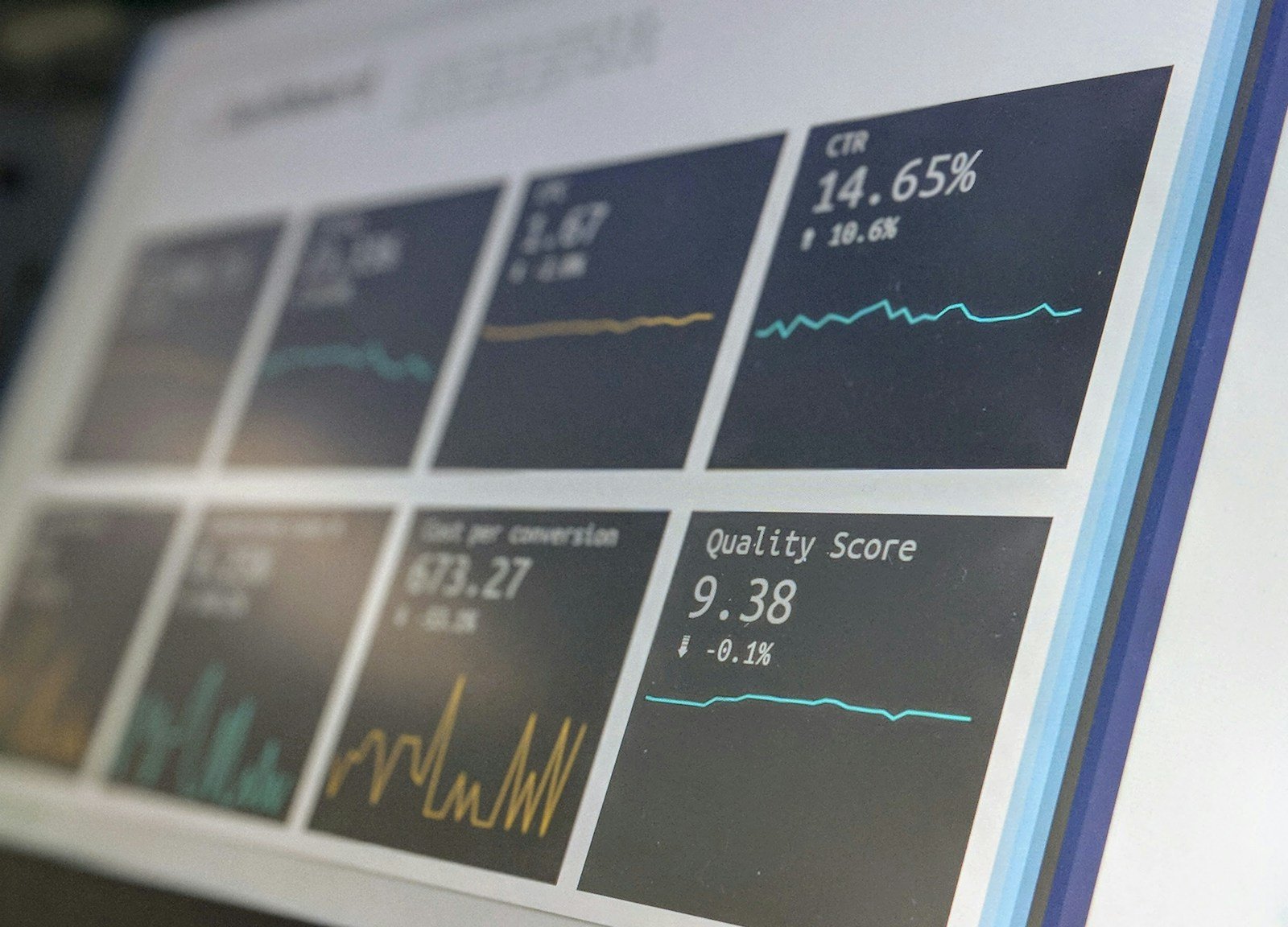Table of Contents
ToggleIf we haven’t met before, we are StaySuite Marketing, a dedicated team committed to helping hotels and the hospitality industry thrive in the digital landscape. Our mission is to empower hotel owners and managers with the knowledge and tools needed to boost their online presence, attract more guests, and drive bookings.
One of the most common challenges our clients face is effectively utilising visual content to captivate potential guests and stand out in a competitive market. Without a strategic approach to visual marketing, it can be difficult to capture the interest of travellers and drive engagement.
This article will detail the exact steps you need to take to harness the power of visual marketing for your hotel, based on proven strategies we’ve successfully implemented for our clients.
PRO TIP: Bookmark this article for quick reference as you work on enhancing your hotel’s visual marketing strategy!
Introduction
The power of visual marketing for hotels cannot be overstated. In today’s digital age, compelling visual content is essential for capturing the attention of potential guests and enhancing their engagement with your brand. From stunning photographs and engaging videos to immersive virtual tours, visual marketing helps hotels stand out, tell their unique stories, and ultimately drive more bookings. This article explores effective strategies for leveraging visual marketing to boost your hotel’s success.
The Importance of Visual Content
a. First Impressions Matter High-quality visual content is often the first interaction potential guests have with your hotel. Striking images and captivating videos can create a positive first impression and entice travellers to learn more about your property.
b. Enhancing User Experience Visual content enhances the user experience by making your website and social media profiles more engaging. Well-crafted visuals can hold the viewer’s attention longer and encourage them to explore your offerings.
c. Building Emotional Connections Images and videos can evoke emotions and create a connection with potential guests. Showcasing the unique atmosphere and experiences your hotel offers helps travellers envision their stay, making them more likely to book.
Types of Visual Content for Hotels
a. Professional Photography Investing in professional photography is crucial for showcasing your hotel’s best features. High-quality images of guest rooms, amenities, dining areas, and local attractions can significantly enhance your visual appeal.
- Example: Stunning images of your hotel’s pool area, spa, or rooftop bar can attract guests looking for luxury and relaxation.
b. Engaging Videos Videos are a powerful tool for storytelling and demonstrating the guest experience. Create short, engaging videos that highlight your hotel’s unique offerings, special events, and behind-the-scenes moments.
- Example: A video tour of your hotel, featuring testimonials from satisfied guests and highlights of your amenities, can provide a comprehensive overview of what to expect.
c. Virtual Tours Virtual tours offer an immersive experience that allows potential guests to explore your hotel from the comfort of their homes. This can be particularly effective for showcasing large spaces like conference rooms, wedding venues, and suites.
- Example: An interactive virtual tour that lets viewers navigate through your hotel can give them a realistic sense of the space and amenities.
d. User-Generated Content Encourage guests to share their photos and videos on social media and tag your hotel. User-generated content adds authenticity and can be a valuable source of marketing material.
- Example: Share guest photos on your social media profiles and website to build community and trust.
Optimising Visual Content for SEO
a. Image Optimisation Ensure that all images on your website are optimised for SEO. Use descriptive file names, alt text, and captions that include relevant keywords.
- Example: Rename image files to include keywords like “luxury-hotel-suite.jpg” and use alt text like “Luxury hotel suite with a view of the city skyline.”
b. Video SEO Optimise videos by including relevant keywords in the title, description, and tags. Host videos on platforms like YouTube and embed them on your website to increase visibility.
- Example: A video titled “Virtual Tour of Our Luxury Hotel in London” can rank well in search results and attract potential guests.
c. Mobile-Friendly Visuals Ensure all visual content is optimised for mobile devices. With an increasing number of travellers using smartphones to research and book hotels, mobile-friendly visuals are essential.
- Example: Use responsive design to ensure images and videos adjust to different screen sizes without losing quality.
Promoting Visual Content
a. Social Media Share your visual content across social media platforms like Instagram, Facebook, and Pinterest. Use hashtags and geotags to reach a broader audience.
- Example: Post a beautiful sunset view from your hotel’s terrace with hashtags like #LuxuryHotel and #TravelInspiration to attract travel enthusiasts.
b. Email Marketing Include visual content in your email campaigns to make them more engaging. High-quality images and videos can increase click-through rates and conversions.
- Example: An email featuring a video tour of your hotel’s new spa can entice subscribers to book a stay to experience it for themselves.
c. Online Travel Agencies (OTAs) Ensure your visual content is up-to-date and high-quality on OTAs like Booking.com and Expedia. Attractive visuals can influence travellers’ booking decisions.
- Example: High-resolution images of your hotel on OTA profiles can make your listing stand out and attract more bookings.
Analysing and Adapting Your Visual Strategy
a. Monitor Engagement Use analytics tools to monitor how your visual content performs. Track metrics like views, likes, shares, and comments to understand what resonates with your audience.
- Example: Analyse which Instagram posts get the most engagement and replicate those successful elements in future posts.
b. Gather Feedback Solicit feedback from guests about your visual content. Understanding what they find appealing can help you refine your strategy.
- Example: Conduct surveys asking guests which aspects of your visual content influenced their booking decision.
c. Continuous Improvement Regularly update your visual content to keep it fresh and relevant. Invest in new photography, create seasonal videos, and refresh virtual tours as needed.
- Example: Update your gallery with images of newly renovated rooms or seasonal decorations to keep your content current.
Conclusion
Harnessing the power of visual marketing for hotels is essential for capturing the attention of potential guests and enhancing their engagement with your brand. By investing in high-quality photography, engaging videos, immersive virtual tours, and user-generated content, you can create a compelling visual narrative that sets your hotel apart. Optimising and promoting this content effectively will not only boost your SEO but also drive more bookings. Start implementing these strategies today and watch your hotel’s online presence and guest engagement flourish.
PRO TIP: Bookmark this article for quick reference as you enhance your hotel’s visual marketing strategy!








